World coffee prices have reversed continuously in the last 3 sessions of the week, when speculators on the two exchanges manipulated and traded the difference between the two coffee products.
Last week, the price of Robusta coffee futures for September delivery increased by 62 USD and that for November delivery increased by 36 USD. The price of Arabica coffee futures for September delivery increased by 0.95 cents and that for December delivery increased by 1.25 cents. Along with the increase in Robusta prices, domestic coffee prices increased by 1,300 - 1,500 VND/kg, equal to the decrease of last week.
However, fundamentals remained largely unchanged over the past week, with a high US dollar hampering the recovery, while low inventories and an inverted price structure suggest short-term supply shortages.
 |
| Domestic coffee prices increased sharply by 1,200 - 1,300 VND/kg in some key purchasing localities during the last session of the week (July 22). (Source: Coffeeam) |
At the end of the weekend trading session (July 21), the price of robusta coffee on the ICE Futures Europe London exchange increased sharply. The price of robusta coffee futures for September 2023 delivery increased by 66 USD, trading at 2,602 USD/ton. The price of November delivery increased by 49 USD, trading at 24.41 USD/ton. Trading volume was low.
Arabica coffee prices on the ICE Futures US New York exchange, September 2023 delivery increased by 3.8 cents, trading at 161.85 cents/lb. Meanwhile, December 2023 delivery increased by 3.25 cents, trading at 161.55 cents/lb. Trading volume increased on average.
Domestic coffee prices increased sharply by 1,200 - 1,300 VND/kg in some key purchasing localities during the last session of the week (July 22).
Unit: VND/kg. (Source: Giacaphe.com) |
With the additional supplies, global coffee exports are forecast to rise by 5.8 million bags to a record 122.2 million, mainly due to strong shipments from Brazil.
Global coffee consumption is also forecast at a record 170.2 million bags in 2023-24, up nearly 2 million bags from the previous season; thus ending stocks are expected to remain low at 31.8 million bags.
Brazil's 2023-24 harvest is forecast to increase by 3.8 million bags to 66.4 million, with Arabica output rising by 4.9 million bags to 44.7 million.
In January this year, Brazil's top coffee-producing region, Minas Gerais state, experienced higher-than-average rainfall during the coffee cherry development stage, making it difficult for farmers to control diseases and pests.
However, increased rainfall has resulted in larger bean sizes than the previous crop, contributing to the increase in production. Although production is forecast to increase again, it is still lower than the peak of nearly 50 million bags in previous bumper crops.
Arabica coffee trees in many Brazilian producing regions continue to recover from severe frosts, high temperatures and below-average rainfall in 2021 that reduced coffee production in the 2021-22 and 2022-23 crop years.
Meanwhile, Brazil’s robusta coffee output is forecast to fall for the first time in six years, down 1.1 million bags to 21.7 million. Reduced rains and low temperatures during the flowering period have reduced output in Espirito Santo state, Brazil’s main robusta-producing region.
Brazil’s coffee exports are forecast to recover and increase by 8 million bags from the previous season to 41 million bags, boosted by higher supplies and lower global stocks.
Source



![[Photo] Vietnam and Sri Lanka sign cooperation agreements in many important fields](https://vphoto.vietnam.vn/thumb/1200x675/vietnam/resource/IMAGE/2025/5/5/9d5c9d2cb45e413c91a4b4067947b8c8)










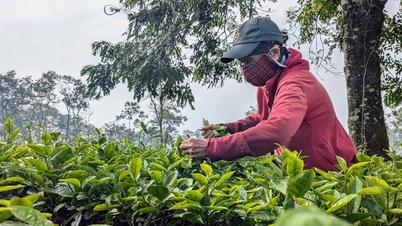


















![[Photo] President Luong Cuong and Sri Lankan President Anura Kumara Dissanayaka visit President Ho Chi Minh relic site](https://vphoto.vietnam.vn/thumb/1200x675/vietnam/resource/IMAGE/2025/5/5/0ff75a6ffec545cf8f9538e2c1f7f87a)













































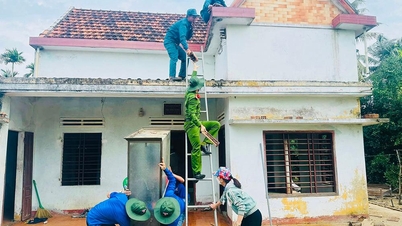


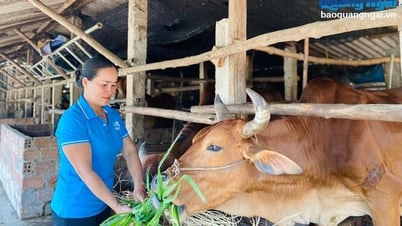




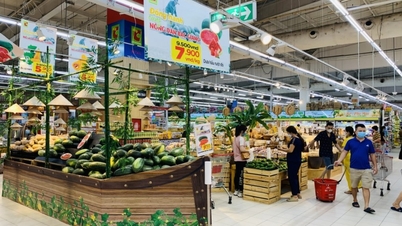



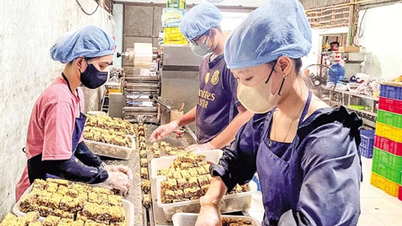




Comment (0)